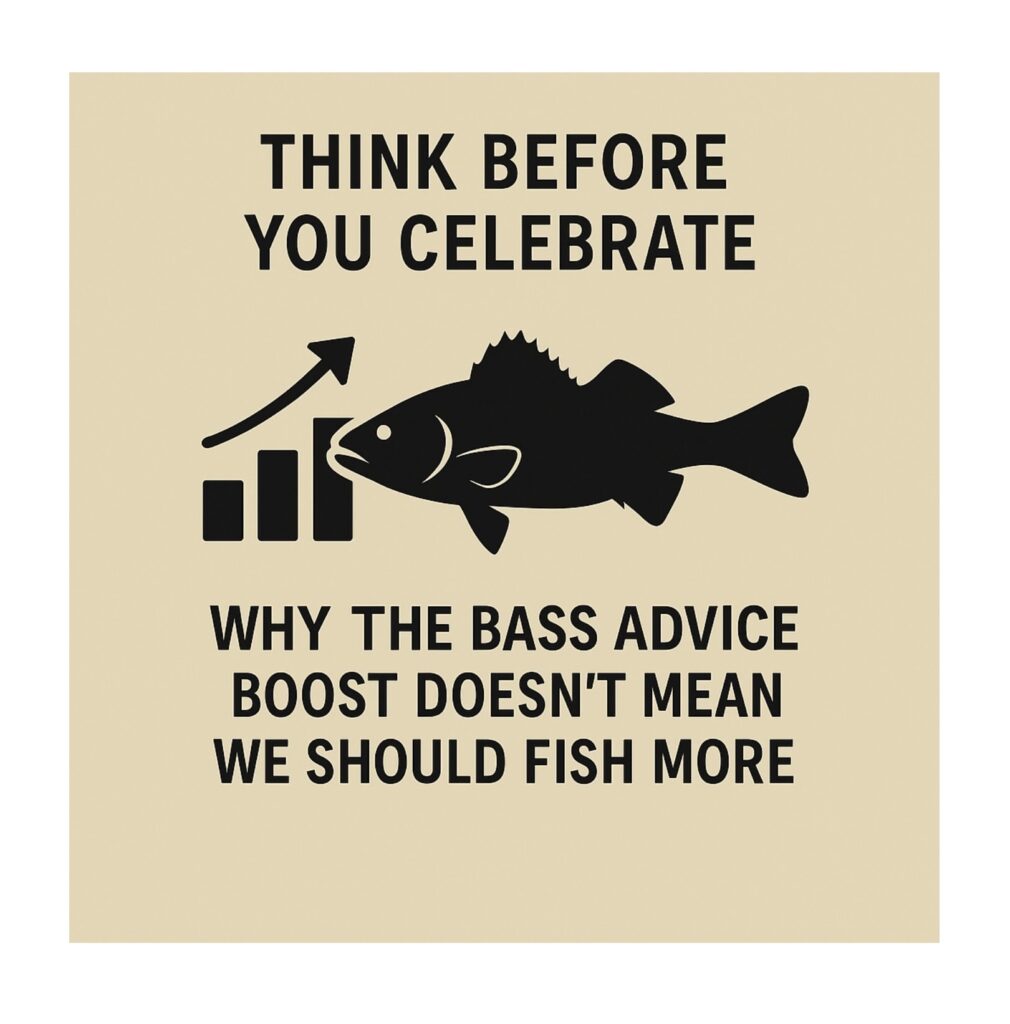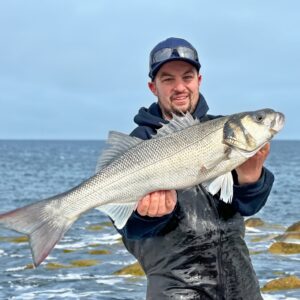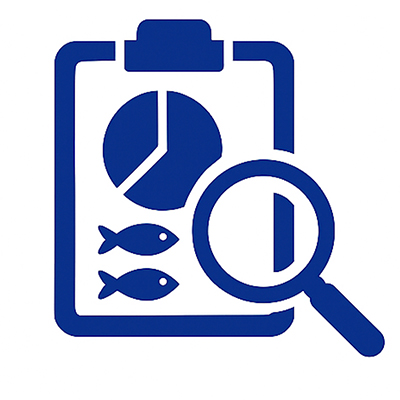The latest ICES advice for bass in areas 4b–c, 7a, and 7d–h has triggered a flurry of anticipation. The headline figure, an increase in advised total removals from 2,620 tonnes in 2025 to 5,180 tonnes in 2026, may look like a green light to ramp up fishing pressure. But anglers and policymakers alike should think very carefully before calling for higher bag limits or increased commercial landings.
A Doubling of Advice, But Built on Fragile Ground
The 2026 advice continues to include recreational release mortality, estimated at 5%, as part of the total removals. However, ICES itself admits this is based on “considerable uncertainty”. There is no tolerance range provided for these estimates, unlike for recruitment forecasts, and that should raise eyebrows.
Just last year, ICES had to revise its 2025 advice downward between its June and October reports, based solely on updated recruitment figures. This alone should caution us against taking the new advice as stable or robust. Bass fisheries have already suffered enough from a boom-and-bust management cycle; repeating that mistake would be reckless.
Increasing Bag Limits Risks Enabling Commercial Expansion
Calls for an increase from two to three fish in the recreational bag limit are understandable. After all, previous hard-won gains, such as the move from zero to two, shouldn’t be forgotten. But the political reality is this: any increase for anglers will likely be used to justify an increase for the commercial sector.
The question then becomes: Is a third fish really worth a large-scale expansion of commercial activity, especially when that expansion could unravel years of stock rebuilding and economic restructuring?
Be Smart: Protect Prices, Not Just Quotas
Even if the stock could biologically withstand increased removals, can the market? Most UK bass landings come from hook-and-line fishers, with a small number hitting the 6.8-tonne quota ceiling. For these fishers, increasing the total allowable catch won’t help, they already struggle to land their full allowance. What they need is price stability.
Hook-and-line bass fetch around £10/kg, but a flood of fish into the market could collapse that price. And once prices fall, it is high-volume, lower-selectivity gear types, like nets, that benefit, not the low-impact fishers we’ve worked so hard to promote under the Bass Fisheries Management Plan. Worse, price collapse could open the door to new high-volume net fisheries, including drift nets, gear types that were phased out precisely because of their historic role in stock decline.
A Better Approach: Charter Boats as a Managed Middle Ground
If we are looking for a way to responsibly utilise the improved stock assessment, the answer may lie with the charter fleet. In many countries, charter vessels are treated as a distinct category, neither fully recreational nor commercial, and are managed accordingly.
This is a sensible path for bass in the UK. Charter boats are easier to monitor, and their socioeconomic value is often underestimated. Unlike commercial landings, which are mostly exported, bass caught on charter trips contribute directly to domestic food security. Charter skippers provide access to a low-impact, high-value food source, an environmentally responsible form of protein provision that also supports local coastal economies.
Trialling increased bag limits solely for charter vessels could improve data collection and economic sustainability, while avoiding broader market disruption. This approach is precautionary, manageable, and socially valuable.
Biomass Alone Shouldn’t Dictate Policy
While there are signs of stock recovery, both scientific and anecdotal, one trend should concern us: the average size of bass is shrinking. Overfishing of large fish can alter the genetic structure of a stock, selecting for early-maturing, smaller fish, a well-documented problem in cod fisheries. We must not let bass follow the same path.
ICES isn’t telling us how to grow the stock further. It’s giving us a ceiling on removals that would maintain the current (low) size structure. That’s not good enough. We should be aiming for larger, more resilient stocks with a healthy proportion of older, bigger fish.
A Call for Patience and Strategic Thinking
Let’s not turn an encouraging stock assessment into a trigger for another collapse. A cautious, evidence-led approach is needed, one that supports low-impact fishers and builds long-term resilience into the stock and the economy around it.
Recreational anglers must avoid campaigning for quick wins that risk long-term losses.
Commercial fishers must push for measures that protect price and market access, not just volume.
And policymakers should use this moment to invest in better data and smarter management, particularly by treating the charter fleet as a valuable, distinct part of the sector.
We can grow this fishery, but only if we grow it with care and grow it together.







